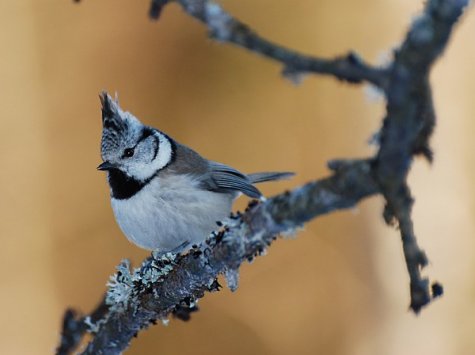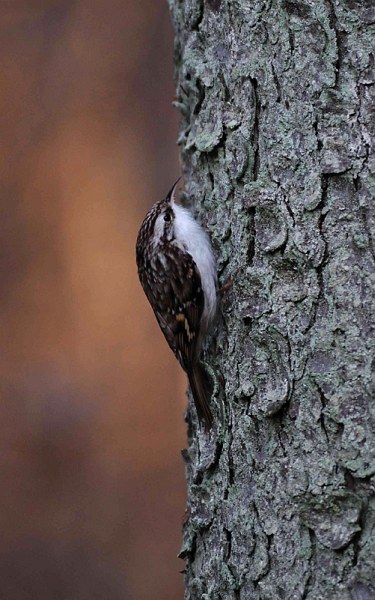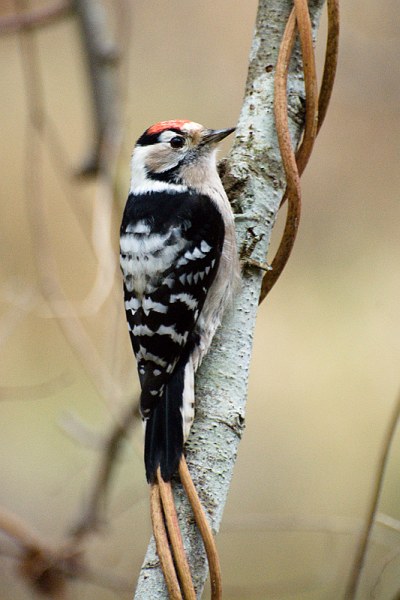Tit guild
Text and photos Rein Kuresoo, animalcity.eu/kuresoo/
Translation Liis
In winter when food is scarce each species must focus on what it manages best. In a wintery forest several tit species and goldcrests make up common foraging groups that ecologists call “tit guilds“ from the division of tasks in it. Sometimes treecreepers, nuthatches and goldcrests join the guild. At times a lesser woodpecker keeps company with it too; the guild itself may gather around a great spotted woodpecker that spills part of the seeds on the ground while it is working at the cones. The birds keep together firstly for security – the more pairs of eyes in the flock, the easier it is to notice a pygmy owl, sparrowhawk, marten or other possible enemies. The contact and warning calls of different tit species are sufficiently similar and seem to be understandable to all.
Crested tit
In the tit guilds in coniferous forests great tits are rarely encountered – they prefer to keep close to farms and villages in winter. The typical coniferous forest tit species are all a little smaller than great tits, and manage climbing in the finest twigs better. The willow tits, with a black cap and chin patch, and confusingly similar to another tit species, the marsh tit, keep to the central parts of branches, crested tit are busy on the parts close to the trunk and also on the ground, the coal tits with their white patch at the nape inspect the tips of trees and branches together with goldcrests, the nuthatch runs through the bark crevices, and the treecreeper with its curved beak checks even the narrowest cracks of the bark.
The treecreeper extracts even the tiniest insects from the bark crevices
Sometimes a lesser spotted woodpecker joins the guild











